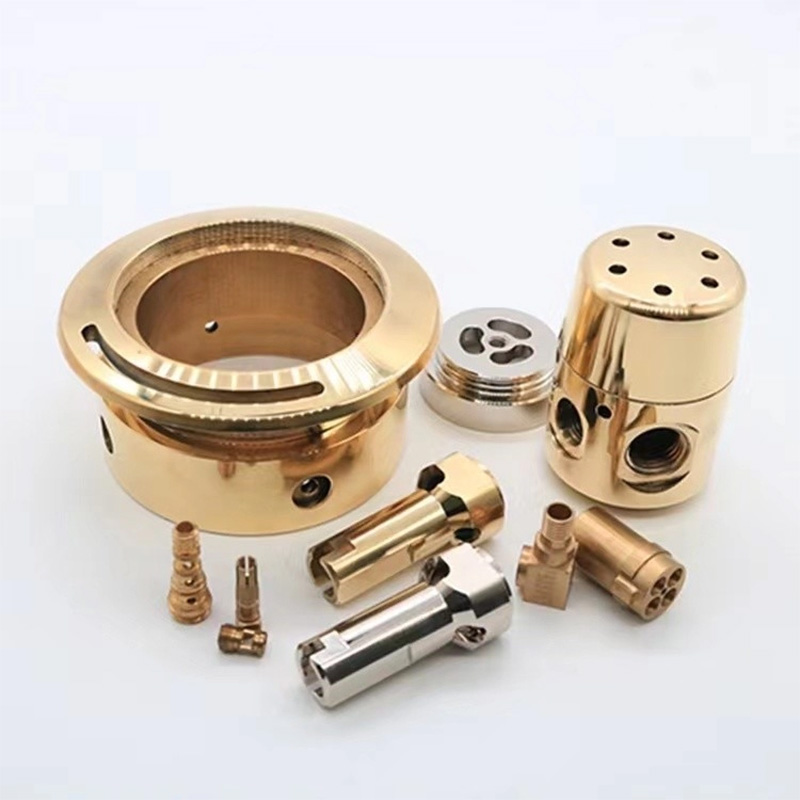Why Your Die Casting Mould Performance Matters More Than Ever
Struggling with frequent downtime or quality issues in your die casting operation? You’re not alone. A poorly maintained die casting mould can slash productivity by up to 40% (NADCA, 2024). The good news? With smart strategies, you can boost efficiency dramatically.
Actually, we’ve seen companies double mould lifespan using these hacks. Let’s dive into practical solutions that deliver real results.
Design & Material Optimization Hacks
Hack #1: Smart Cooling Channel Configuration
Problem: Uneven cooling causes warping and defects.
Solution: Implement conformal cooling channels that mirror the mould contours.
Case: Our team redesigned an automotive die casting mould in 2025 using 3D-printed channels. Cycle time dropped 18% while reducing scrap by 22%.
Hack #2: Advanced Coating Selection
Problem: Erosion shortens die life prematurely.
Solution: Apply hybrid PVD coatings like AlCrN/TiAlN.
Data Point: Coatings improve erosion resistance by 70% compared to uncoated dies (Journal of Materials Processing Tech, 2023).
Maintenance & Process Control Tactics
Hack #3: Predictive Maintenance Protocol
Follow this 5-step guide:
- Install IoT temperature sensors in critical zones
- Set baseline thermal profiles for new moulds
- Monitor real-time deviations weekly
- Perform laser scans after every 5k cycles
- Use AI to predict failure points
Hack #4: Dynamic Process Adjustment
Counterintuitively, faster injection isn’t always better. For thin-wall castings, we found that reducing speed by 15% actually decreased porosity by 30%. Thermal sensors are key here.
Traditional vs Optimized Mould Management
| Criteria | Traditional Approach | Optimized Hack |
|---|---|---|
| Cooling Method | Straight drilled channels | Conformal cooling |
| Maintenance Cycle | Every 10k shots | Condition-based monitoring |
| Die Life Expectancy | 150,000 shots | 220,000+ shots |
Thermal Management Mastery
Hack #5: Gradient Temperature Control
Interestingly, different mould zones need different temps. Set your die casting mould controllers with 3-zone profiles. For example: Gate area at 200°C, walls at 180°C, overflow at 160°C.
Hack #6: AI-Driven Thermal Optimization
Problem: Manual adjustments can’t keep up with dynamic conditions.
Solution: Machine learning algorithms that auto-adjust in real-time. One client reduced energy use by 25% while improving fill consistency.
Die Casting Mould Optimization Checklist
- ☑️ Verify cooling channel alignment monthly
- ☑️ Apply protective coatings quarterly
- ☑️ Calibrate thermal sensors every 500 cycles
- ☑️ Document crack progression after maintenance
- ☑️ Review process data against baseline weekly
Die Casting Mould FAQs
Q: How often should I replace my die casting mould?
A: With proper maintenance, quality dies last 200,000+ shots. Monitor wear indicators like corner radius reduction instead of using fixed timelines.
Q: What’s the biggest mistake in mould maintenance?
A: Using abrasive cleaning methods. Sandblasting can remove 0.2mm of critical surface material per cleaning – shortening die life dramatically.
Q: Can software really improve die casting mould performance?
A: Absolutely! Simulation tools predict flow issues before cutting steel, potentially saving $50k+ in rework costs per mould.







